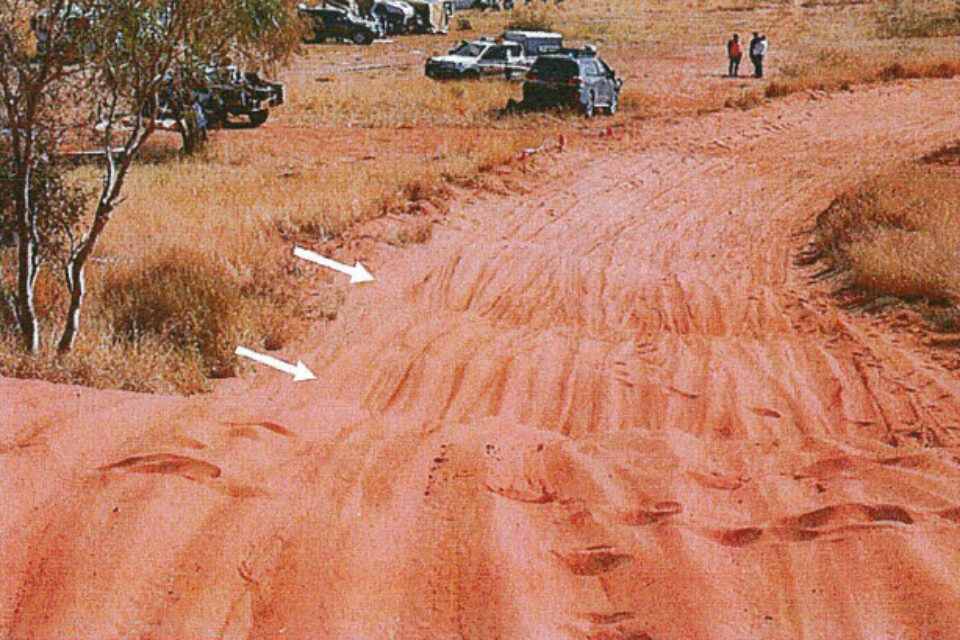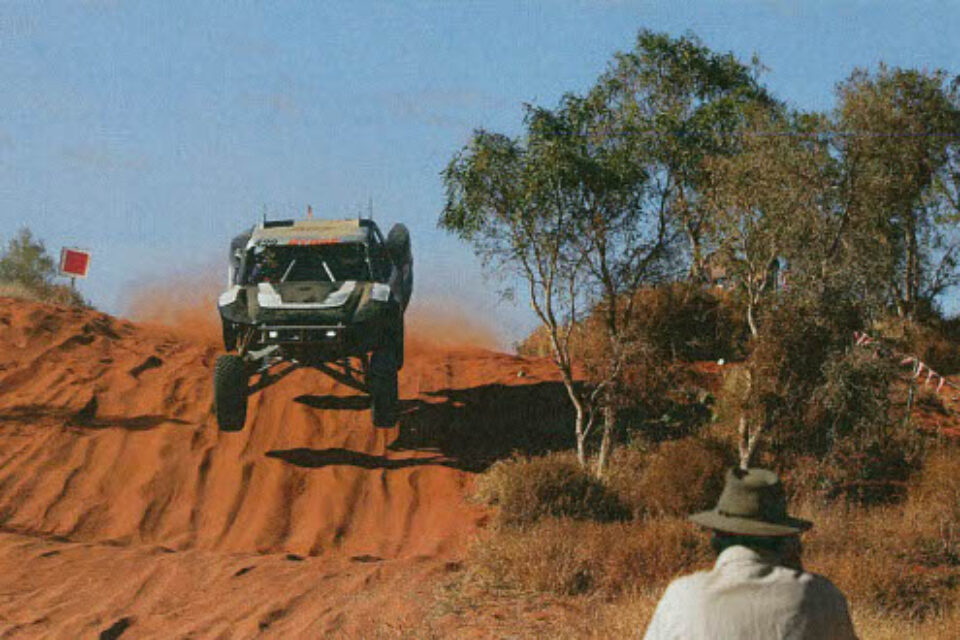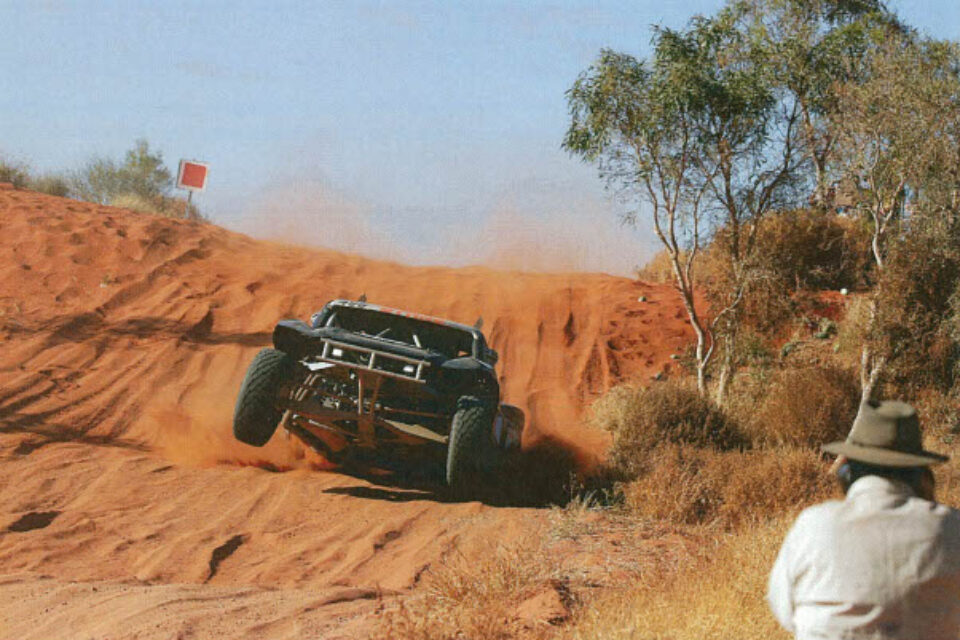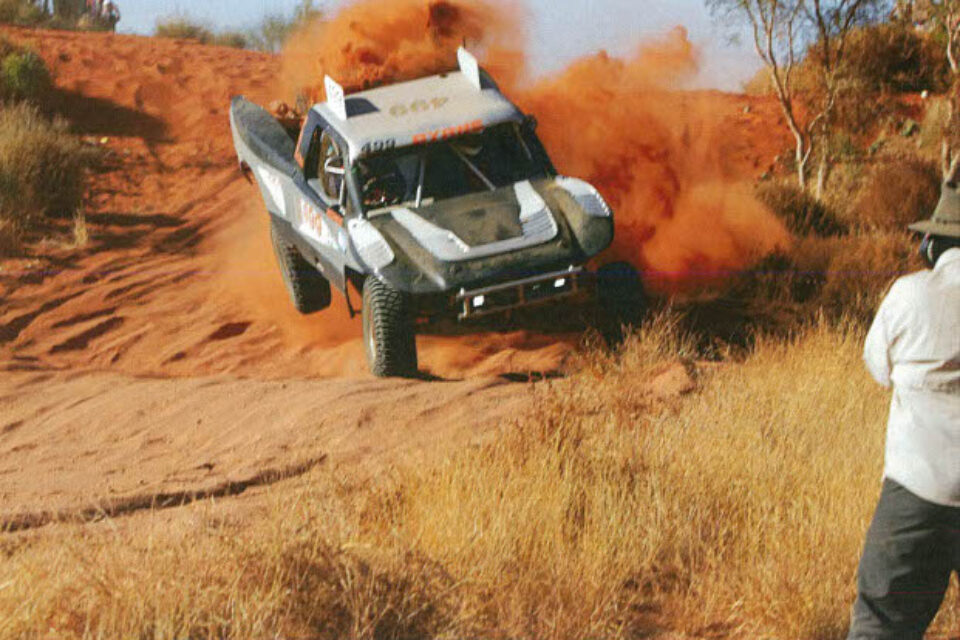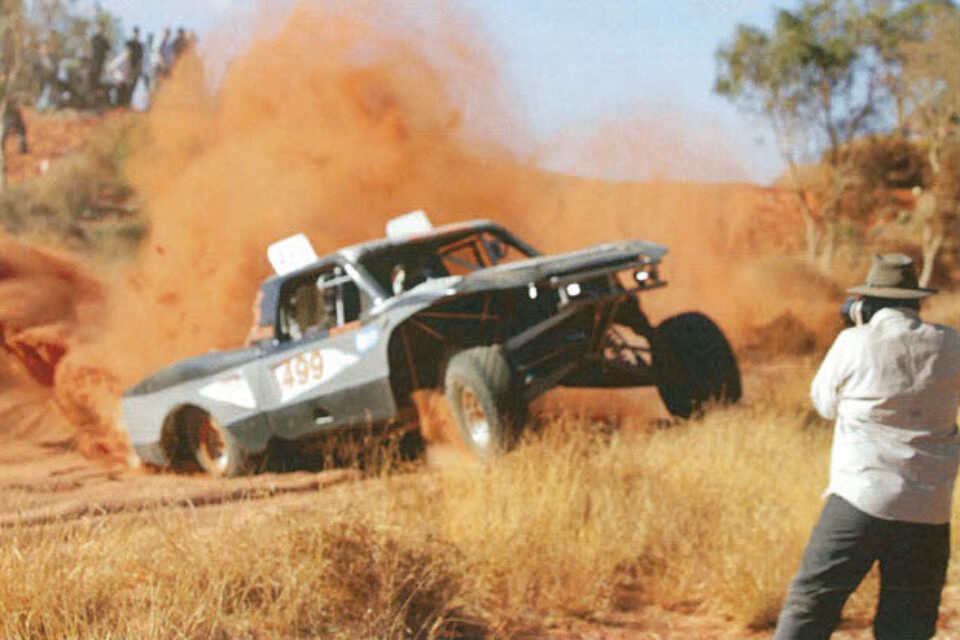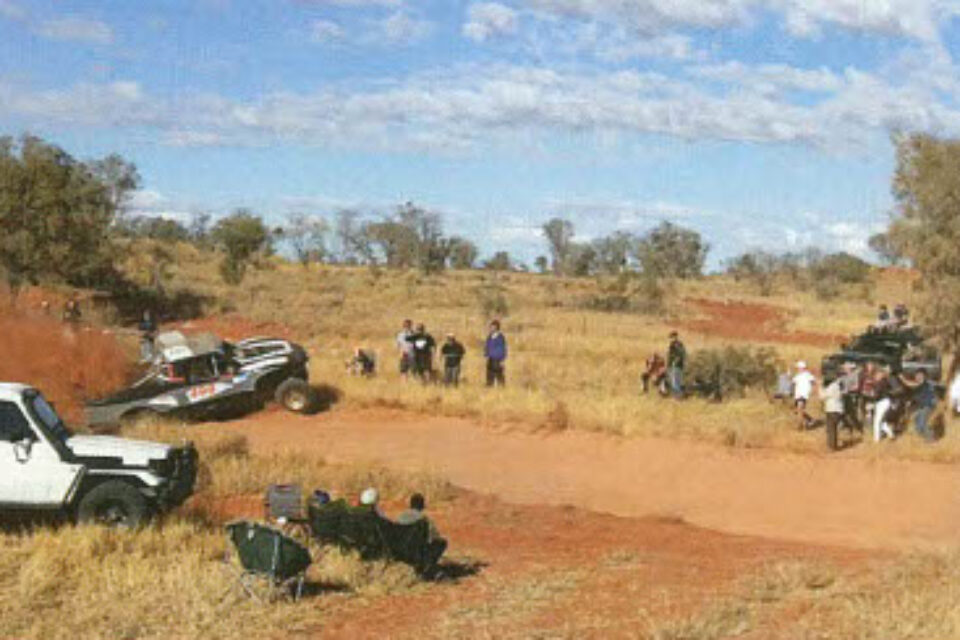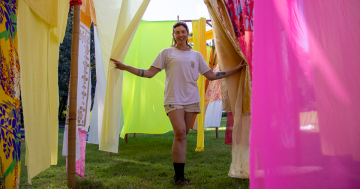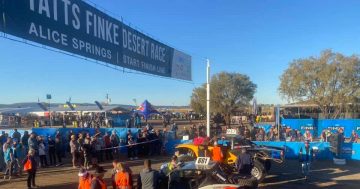
Nigel Harris was killed while on a trip around Australia in 2021. Photo: Facebook.
A coronial inquest into the death of Nigel Roy Harris at Tatts Finke Desert Race near Alice Springs has found the race organisers failed to manage identified risks with “entirely inadequate” safety measures.
The inquest’s findings were handed down in Darwin Coroner’s Court earlier this week, almost two years after the 60-year-old Canberra retiree was struck by a vehicle that left the off-road track.
Mr Harris, who was on a trip around Australia in 2021, having retired the previous year, was taking photos on the sidelines of the popular ’35 km sand dune’ when a competing trophy truck crested the dune and hit two ‘whoops’ (potholes and undulations caused by other vehicles). This caused the truck to suffer suspension failure and the driver to lose control and veer off the track towards Mr Harris.
“Mr Harris continued taking photographs. It seems he was oblivious to the impending danger,” Northern Territory coroner and judge Elisabeth Armitage commented in her published findings.
The truck hit Mr Harris, who was propelled forward and run over. The truck continued for a further 15 metres and struck another man also taking photos, who survived.
Mr Harris was found underneath the trophy truck and was given first aid by a spectator, a former paramedic, but the inquest concluded he had already died on impact.
The coronial inquest focused on whether any recommendations should be made to reduce the risk of similar incidents and whether a referral be made to authorities that an offence had been committed.
Although no such referral was made, Ms Armitage found the safety measures and procedures implemented by race organisers, Motorsport Australia and Finke Desert Race Incorporated, “were entirely inadequate to address the known significant risks to spectators posed by the race” and that the organisers had “failed to satisfactorily manage the identified risks to the safety of spectators from at least September 2018”.
September 2018 refers to the date a report was provided to the race organisers raising concerns about the lack of spectator and competitor safety measures. The report also made a number of recommendations.
Three further reports concerning risk management procedures were also provided throughout 2019, one of which found the risk of death posed by the race to a competitor or spectator was “extreme”.
Spectator safety issues continued to be raised internally until three days before Mr Harris’s death. Ms Armitage found no evidence any practical action had been taken after any of these instances.
Ms Armitage said safety planning for the 2021 race “relied heavily on safety messages”, but given the mounting evidence, it was not reasonable to rely on self-policing of safety.
The inquest heard one spectator warned Mr Harris he was too close to the track and it was not safe. However, he was not standing within the area denoted as dangerous by bunting.
Ms Armitage found the bunting was “manifestly inadequate”, and its placement may have even misled Mr Harris to assume the location he chose was not unsafe. She also found there should have been safety marshals present at the 35 km dune, but there were none, and that given the location’s popularity, it should have been classified as a “designated Public Viewing Point with all the attendant safety features”.
A representative of Motorsport Australia conceded Mr Harris’s death illustrated proposed measures were “not sufficient “and that “more action should have been taken … to address concerns”.
Between Mr Harris’s death and the inquest’s end, several changes were made, including introducing roving safety marshals, improved signage and a recommendation to spectators to stand 20 metres and camp 30 metres back from the track. But Ms Armitage said no “cogent evidence” demonstrated the recommended buffer zones “were adequate, sufficient, or appropriate to mitigate the risk to spectators”.
She also observed a “myriad of recommendations” made between 2018 and 2022 had not been implemented at the date of the inquest and no evidence before her could explain why.
Ms Armitage made two formal recommendations. First, that the relevant government department ensures the implementation of “adequate spectator safety measures”; second, that they receive a “comprehensive spectator management plan that sufficiently, adequately and appropriately mitigates the risks to spectators posed by the race” before any approvals are granted for the race.



